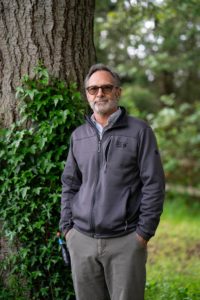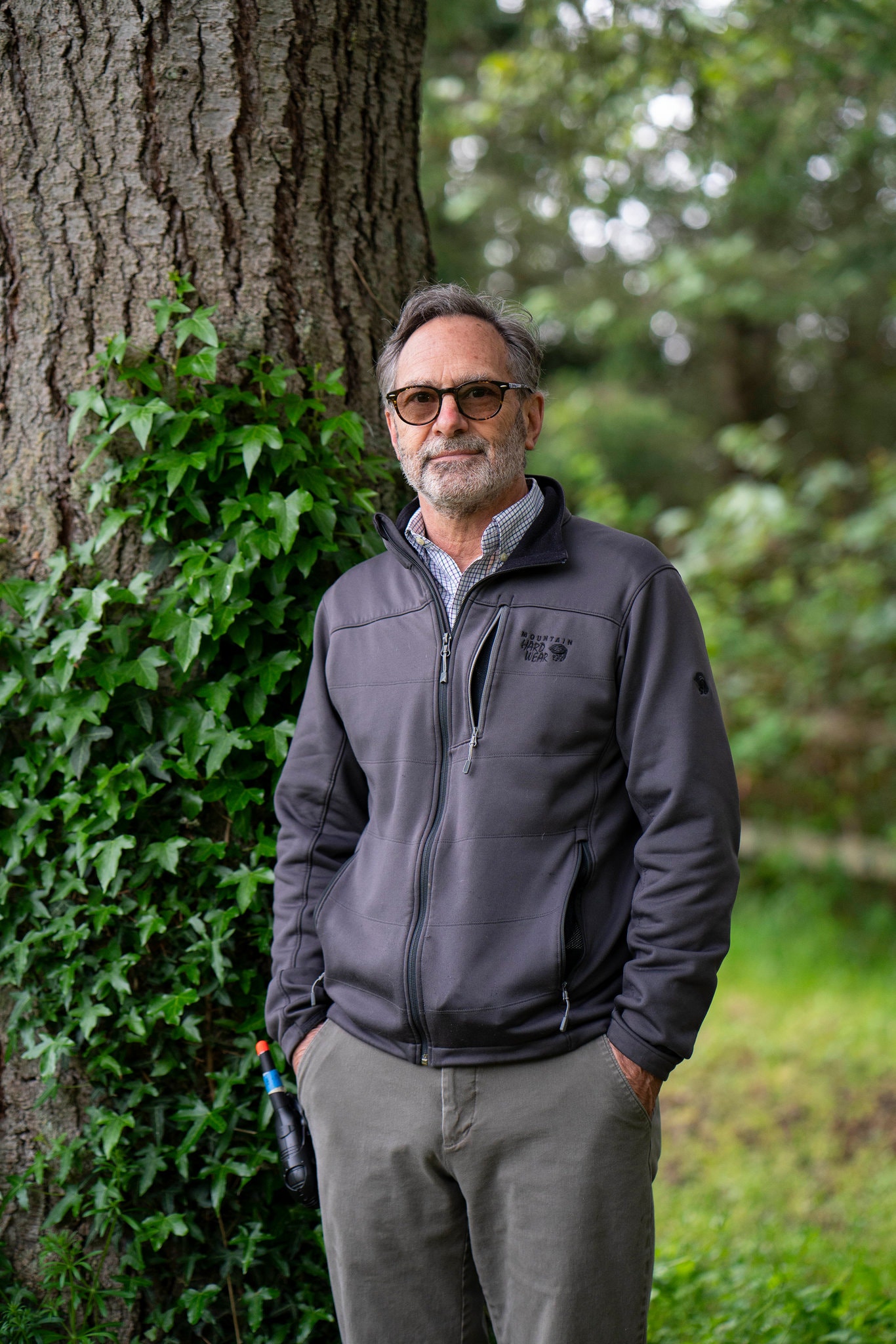 Jim Bristow, senior advisor to the Biosciences Area, recently embarked on a personal project to bring testing for COVID-19 to his home community. In mid-March, Bristow’s wife had gastrointestinal symptoms and couldn’t stop coughing. Her symptoms pointed to coronavirus, but she couldn’t get tested — in part because of the nationwide test shortage, but also because the pair lived in Vashon, an idyllic town on an island in Washington State’s Puget Sound with scant medical resources. He felt inspired to collaborate with other members in his Vashon community to develop a model to test, trace, and isolate — in essence, a coronavirus response plan that they call the Rural Test & Trace Toolkit.
Jim Bristow, senior advisor to the Biosciences Area, recently embarked on a personal project to bring testing for COVID-19 to his home community. In mid-March, Bristow’s wife had gastrointestinal symptoms and couldn’t stop coughing. Her symptoms pointed to coronavirus, but she couldn’t get tested — in part because of the nationwide test shortage, but also because the pair lived in Vashon, an idyllic town on an island in Washington State’s Puget Sound with scant medical resources. He felt inspired to collaborate with other members in his Vashon community to develop a model to test, trace, and isolate — in essence, a coronavirus response plan that they call the Rural Test & Trace Toolkit.
Since April 7, a historic building in the center of Vashon has been transformed into a coronavirus testing site. For a few hours every day, volunteers set up tents and tables outside and don medical masks and gloves to help residents get tested for coronavirus infection. Residents drive up and use their vehicles as personal waiting rooms. But instead of a trained medical practitioner inserting a swab deep into their nose, each patient gets a kit from a volunteer, stops their car, and takes the swab themselves. This is seen as a building block for effective testing and tracing that can be applied in other rural communities, such as native nations in the Puget Sound and the Columbia River Basin.
The efforts of Bristow and his partners to set up their testing model on Vashon, as well as bring it to the Quinault Indian Nation in Taholah, Wash., were covered in a recent New York Times article. Bristow was also interviewed on-air by MSNBC and was featured on NPR’s Seattle Now.




